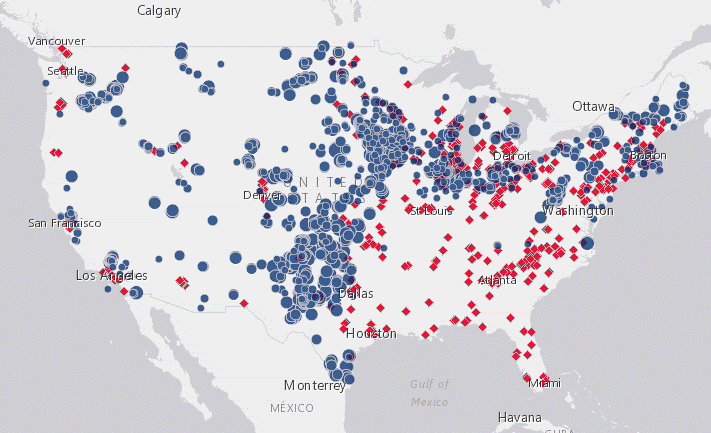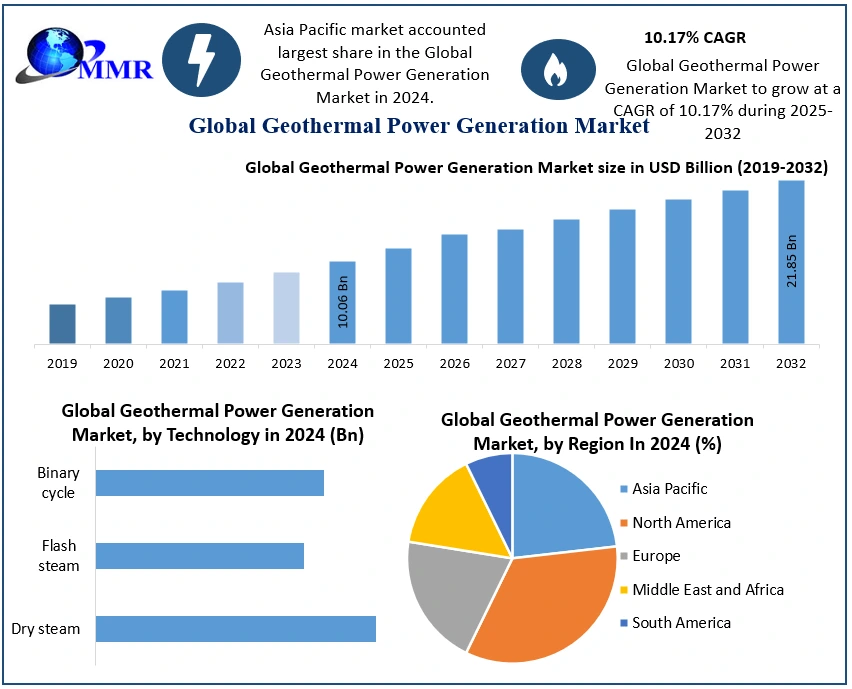While the first wave of renewables was more driven by cleaning up the environment and transitioning from fossil fuels, this next wave is driven by demand from tech-focused companies on scaling up power for server farms for cloud-based connectivity and artificial intelligence (AI).
In the US, it’s far more practical to build out solar or wind farms than it is to prospect for oil or natural gas. And most of the time, you can generate renewable power closer to when the power is needed, rather than shipping via rail or pipeline and then via truck to when the demand is.
In Europe and other places like Japan where their access to fossil fuels is restricted, having a reliable domestic energy resource is about national security as well as affordability.

As you can see, even South America is getting involved in self-sufficient power generation.
And China is significantly focused renewables. China is aiming to make renewables the primary energy resource – replacing coal – by next year. It might not achieve that goal, but that’s the nation’s ambition.
As solar scales up rapidly in the US for both consumers and at utility scale, onshore wind also has a significant role in renewable energy generation.
The map below shows clearly that the Rockies corridor from North Dakota to Texas is the densest concentration of wind farms because the wind consistently bring that cool northern air down the mountains.

Winners in the space are GE Vernova (NYSE:GEV), which is General Electric’s renewables spinoff. Other players include Nextera Energy (NYSE:NEE) and Vestas (OTC:VWDRY).
Another interesting technology that has been around for decades but hasn’t gotten much attention until recently is geothermal.
Basically, it’s using the heat generated by the Earth in select locations. Iceland sit on top of the Atlantic Ridge where two tectonic plates come together and molten rock (volcanoes) are close to the surface.
The entire country is powered by geothermal energy.
But the technology has made access to geothermal energy easier and it can be cost effective for communities that have the right conditions to generate geothermal energy at scale.
As the electrical grid decentralizes – from one large power generation spot to several smaller, interconnected ones – geothermal is having more time in the spotlight.

The players to watch here are Constellation Energy (NYSE:CEG), which just bought leader Calpine, Ormat (NYSE:ORA), Chile-based Enel (NYSE:ENIC), and even Chevron (NYSE:CVX).
Another indirect way to play this new wave of renewables is to buy the tech companies that are not only investing in it for their future, but are enhancing it with AI power management systems.
Those systems in the hands of these innovators could become an entire division that could then sell their products to organizations that want cutting edge energy management and storage tools.
The three that come to mind are already doing this kind of work for their own systems – Microsoft (MSFT), Alphabet (GOOG), and Amazon (AMZN).

